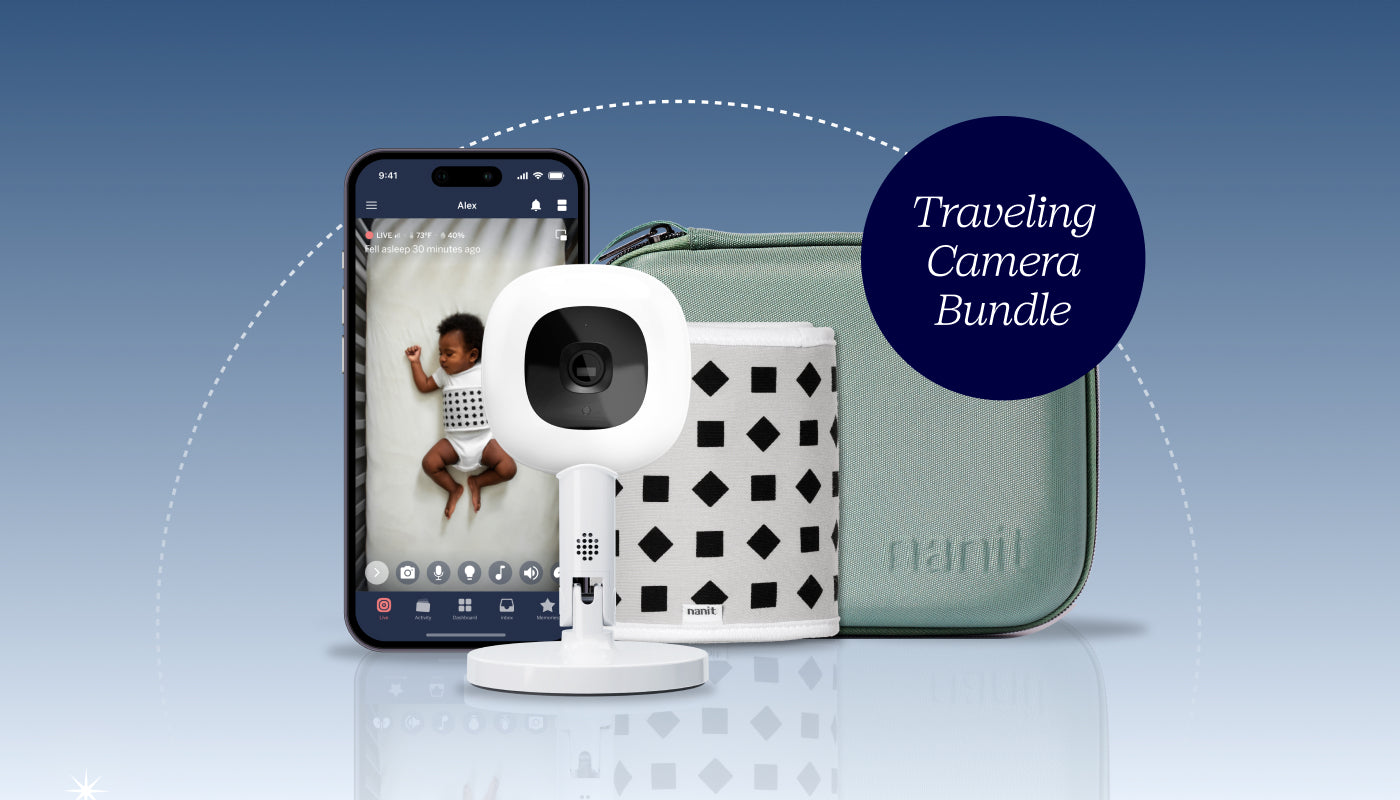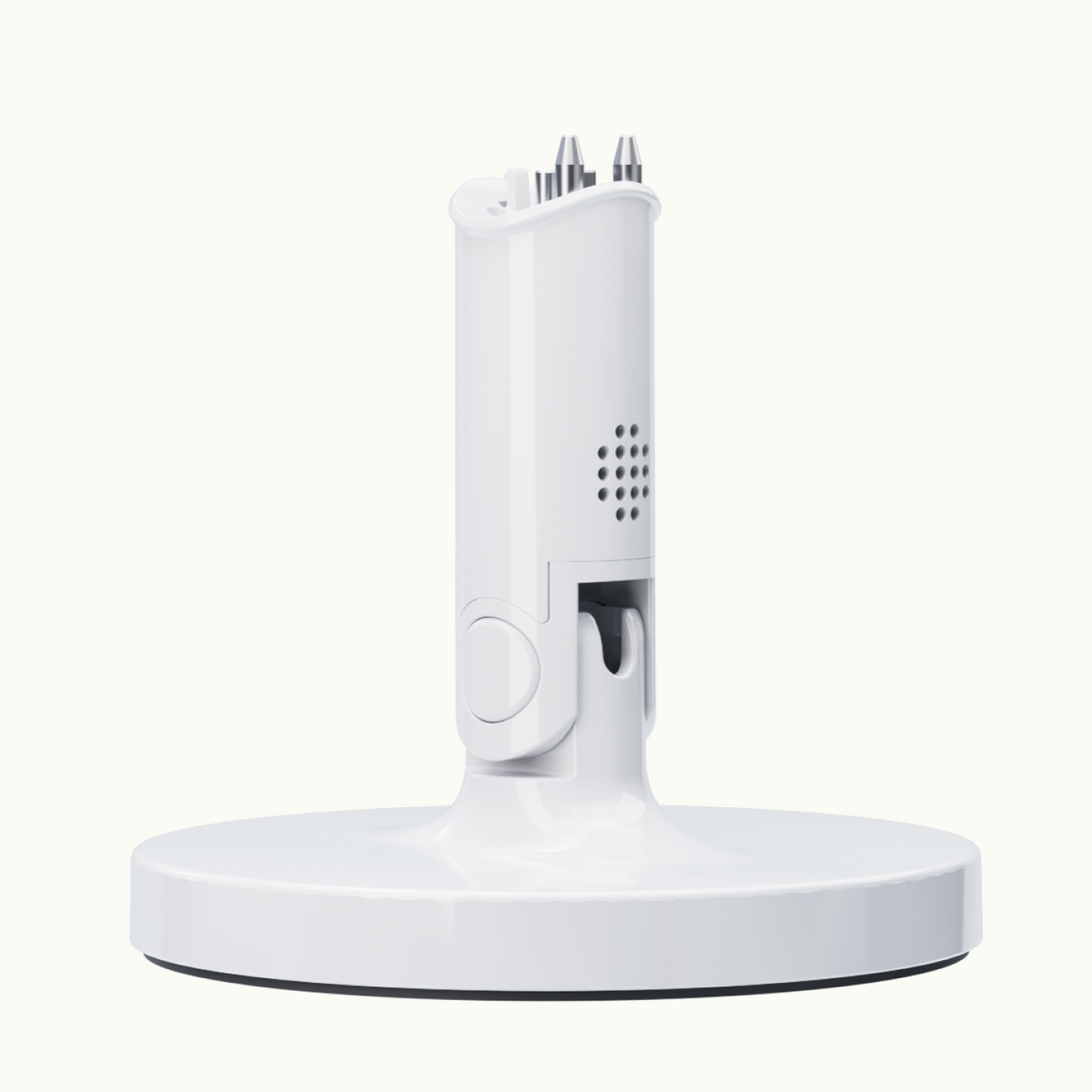If your baby’s sleep song is weaving its way into your dreams, it might be time to introduce your little one to a lovey – a comforting, familiar object that babies use to soothe themselves to sleep. A far cry from cry-it-out, introducing a lovey can be a simple way to help your baby along the road to a restful night’s sleep. We asked our resident infant sleep expert, Dr. Natalie Barnett, for a few how-tos.
Baby Lovey – When to Introduce a Lovey
According to Dr. Barnett, the best time to introduce a lovey is somewhere around 12 months. The AAP does not recommend introducing anything in the crib before this age to reduce the risk of SIDS. At this age, your baby’s Moro reflex (also known as their startle reflex) has also diminished, so there’s no longer a need to swaddle. This means babies’ arms are free to sweep the crib, find their lovey, and do what they need to do to settle. Starting early (as long as they are old enough) also gives your baby plenty of time to grow attached. After a few months, it will feel like it’s always been there.
Baby Lovey – Selecting a Lovey
The best lovies are not too big and don’t make any noise that could wake or distract your baby – no rattles or scrunchy bits. And while you might consider a big, soft blanket, Dr. Barnett doesn’t recommend them. “Babies can get tangled or find themselves lying on top of their blanket when they want it for comfort. They’re just too large.” Small stuffed toys (such as Slumberkins), or little “blankies” make ideal lovies, although we’ve seen babies get attached to everything from spoons to washcloths. If it’s soothing and safe to keep in the crib, it’s okay.
Follow your baby’s cues to choose a lovey they’re more likely to bond with. Do they nuzzle, stroke, or hold hands for comfort? Consider a lovey with materials and texture that will recreate these sensations when you’re not there.
Baby Lovey – How to Introduce a Lovey
Make your lovey smell familiar
Scent is a powerful soother. To create the illusion of a good snuggle, have a mom or dad wear the lovey against their skin for an hour or so before you give it to your baby for the first time. “You only have to do this once and it will help your baby become attached” says Dr. Barnett.
Keep the lovey for sleep
To make your baby’s lovey a special comfort object and not just another toy, try to reserve the lovey for sleep. You can make the lovey a part of your baby’s nighttime or nap routine if you choose, otherwise it should stay in the crib or wherever your baby sleeps. According to Dr. Barnett, this is the best way to form a strong sleep association. If you’re expecting your baby to fall asleep outside of their crib (in the car, in the stroller, on a plane), you can give it to them then as well. Once the lovey is a constant in your baby’s sleep routine, it can make transitions like travel or learning a new skill a little easier.
Baby lovey backup
If you can, have a spare lovey in case of emergency (or eventual disintegration). Swap the two regularly so your baby can’t tell the difference. Since babies are sensitive to changes in texture and smell, there’s less chance of a protest if both lovies have been equally adored. It can also help to wash your baby’s lovey frequently. If they’re used to a lovey that’s on the cleaner side, a regular bath shouldn’t be disruptive.
Give it time
It may take a while for your baby to love their lovey, and that’s okay. “Over the course of a few weeks, they will start to find their lovey and use it in a way that’s unique to them” says Dr. Barnett. It’s important to note some babies will not bond with a lovey at all and that’s okay, too! Your baby will find their own way to relax and fall asleep.
Key Takeaways
- Introduce a small, quiet lovey around 12 months, opting for items like small toys or "blankies"
- Use the lovey exclusively for sleep to create a strong association, and consider having a backup lovey on hand.
- Allow time for bonding with the lovey; it might take a few time. Not all babies may form a bond, and that's alright.






